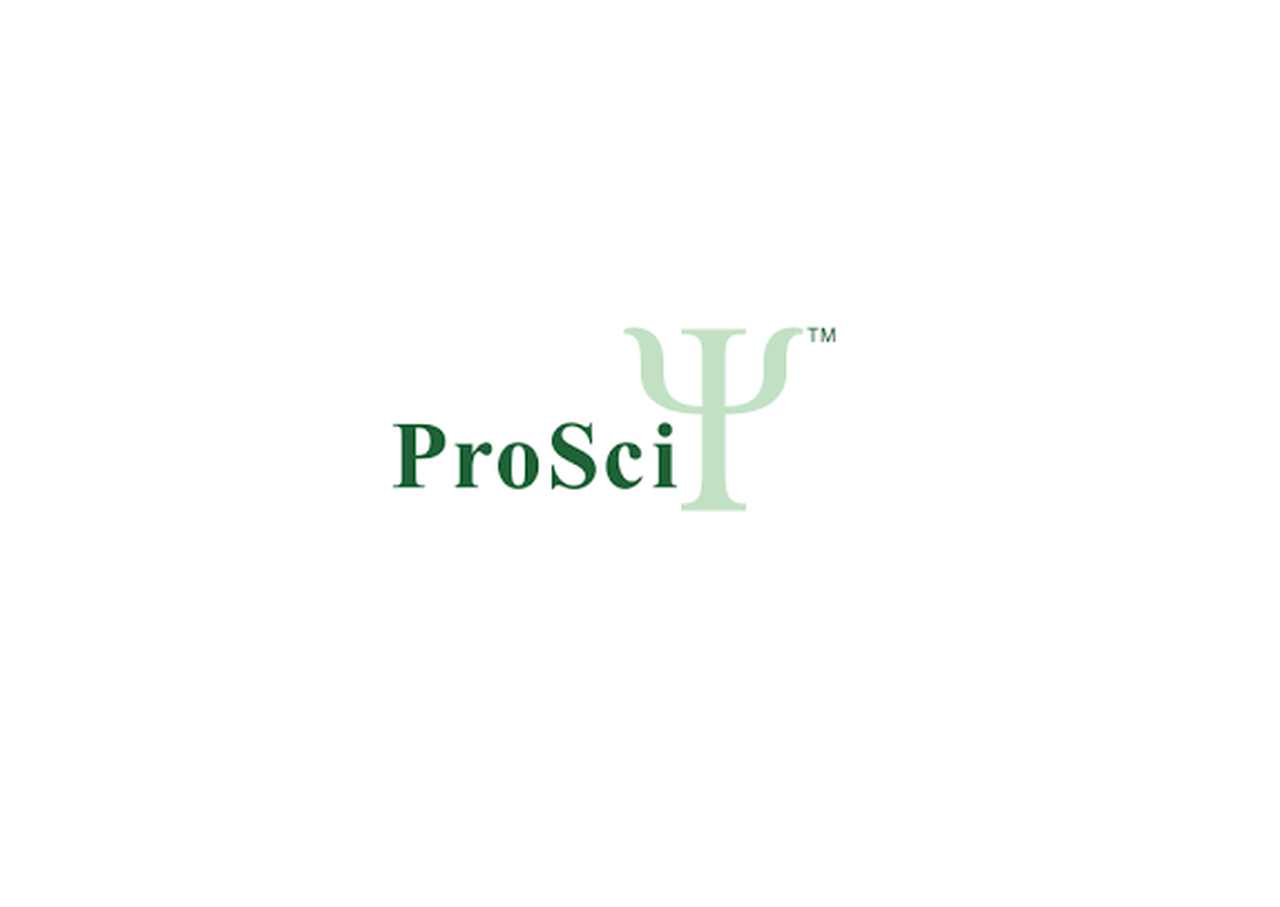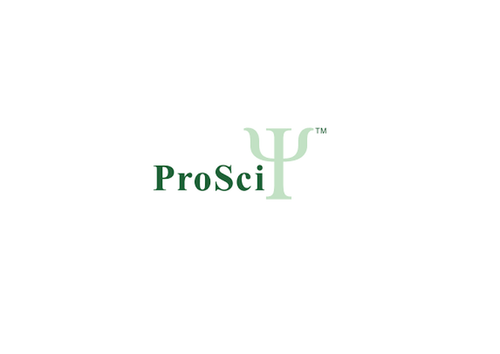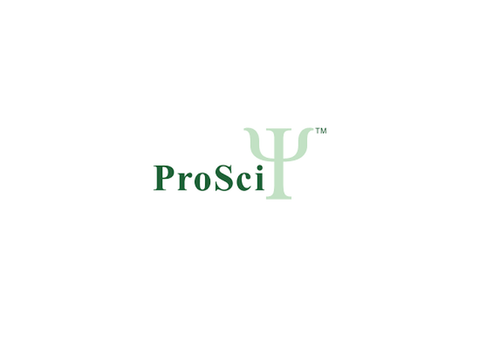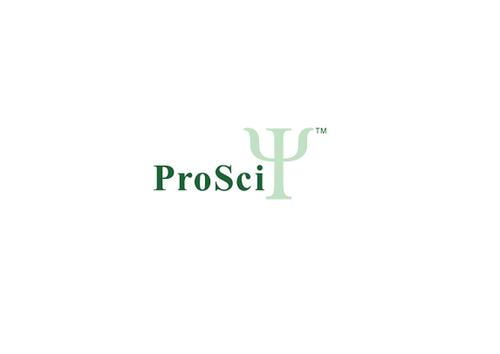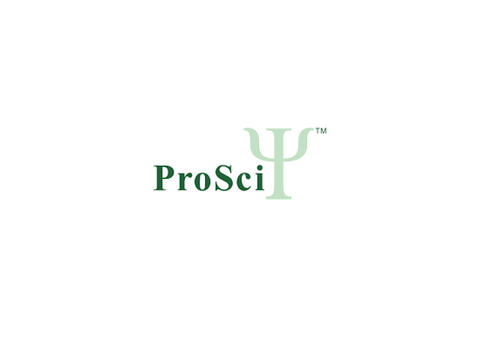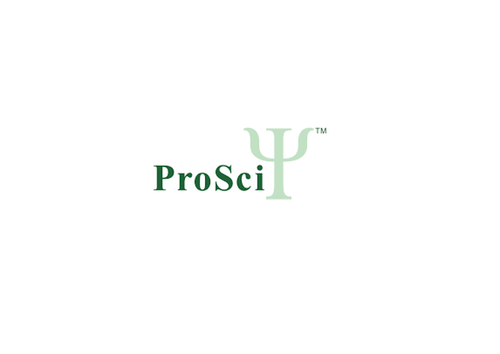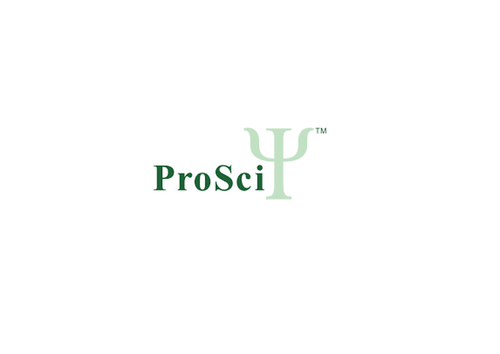Product Description
RELMb Antibody (biotin) | 38-102 | ProSci
Host: Rabbit
Reactivity: Mouse
Homology: N/A
Immunogen: Produced from sera of rabbits pre-immunized with highly pure (>98%) recombinant mRELMβ. Murine RELMβ specific antibody was purified by affinity chromatography and then biotinylated.
Research Area: Signal Transduction, Cancer, Antibody Pairs
Tested Application: E, WB
Application: ELISA:
Sandwich:
To detect mRELMb by sandwich ELISA (using 100 μL/well antibody solution) a concentration of 0.25 - 1.0 μg/mL of this antibody is required.
Western Blot:
To detect mRELMb by Western Blot analysis this antibody can be used at a concentration of 0.1 - 0.2 μg/mL. Used in conjunction with compatible secondary reagents the detection limit for recombinant mRELMb is 1.5 - 3.0 ng/lane, under either reducing or non-reducing conditions.
Specificiy: N/A
Positive Control 1: N/A
Positive Control 2: N/A
Positive Control 3: N/A
Positive Control 4: N/A
Positive Control 5: N/A
Positive Control 6: N/A
Molecular Weight: N/A
Validation: N/A
Isoform: N/A
Purification: RELMb specific antibody was purified by affinity chromatography and then biotinylated.
Clonality: Polyclonal
Clone: N/A
Isotype: N/A
Conjugate: Biotin
Physical State: Lyophilized
Buffer: N/A
Concentration: N/A
Storage Condition: RELMb antibody is stable for at least 2 years from date of receipt at -20˚C. The reconstituted antibody is stable for at least two weeks at 2-8˚C. Frozen aliquots are stable for at least 6 months when stored at -20˚C. Avoid repeated freeze-thaw cycles.
Alternate Name: Xcp3, Fizz2, Relmb, RELMbeta, 9030012B21Rik, Resistin-like beta, Cysteine-rich secreted protein A12-beta,
User Note: Centrifuge vial prior to opening.
BACKGROUND: RELM beta, is a secreted protein, a probable hormone, expressed only in the gastrointestinal tract, particularly the colon. The biological functions of RELM beta and its molecular targets, are not fully known but, it has been suggested that it plays a regulatory role during inflammation and may also act to establish links among adipose tissue, the intestine and the liver. Interestingly the molecular structure of RELM beta is highly homologous to that of the adipose-derived cytokine Resistin and RELM alpha.
 Euro
Euro
 USD
USD
 British Pound
British Pound
 NULL
NULL

